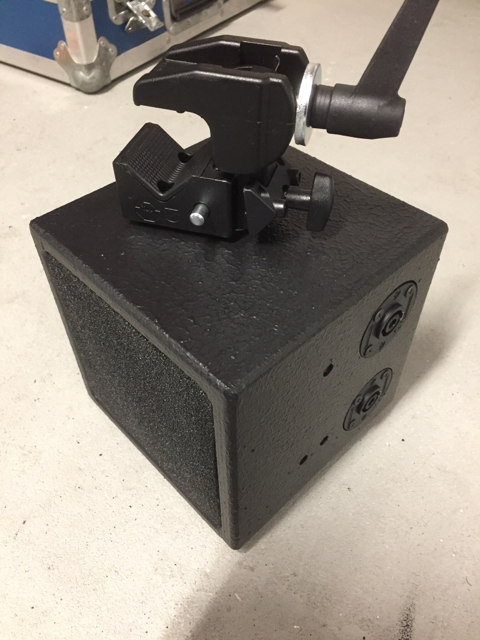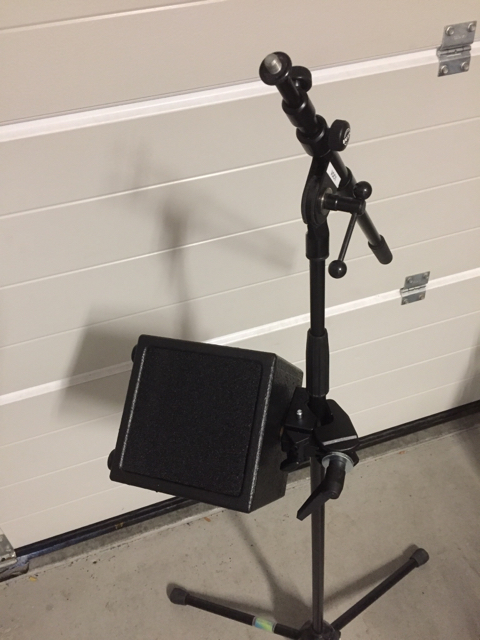Hi Folks:
I'm considering building 4 8" coax boxes to use as front fills. I'll be running them off one channel of a Powersoft M50Q-DSP+Eth (1250 w, 4 ohm/ch. ) so I'm looking at making them 16 ohms. Fulcrum Acoustics makes the exact box I'm looking for (the "P"), but the price tag is a little high. I have no doubt it's an excellent box, but I've done a few DIY projects over he years (cases and wedge monitors) and don't mind earning some knowledge by doing it myself.
B&C used to make a 16 ohm version of their 8CXN51; I'm not sure if it's still available. I'm also considering buying a design program like BassBox pro to help with proper cabinet volume and porting, although with a 8" front-fill I'm not too concerned with bass response. Any advice on do's or don'ts?
-Mark
I'm considering building 4 8" coax boxes to use as front fills. I'll be running them off one channel of a Powersoft M50Q-DSP+Eth (1250 w, 4 ohm/ch. ) so I'm looking at making them 16 ohms. Fulcrum Acoustics makes the exact box I'm looking for (the "P"), but the price tag is a little high. I have no doubt it's an excellent box, but I've done a few DIY projects over he years (cases and wedge monitors) and don't mind earning some knowledge by doing it myself.
B&C used to make a 16 ohm version of their 8CXN51; I'm not sure if it's still available. I'm also considering buying a design program like BassBox pro to help with proper cabinet volume and porting, although with a 8" front-fill I'm not too concerned with bass response. Any advice on do's or don'ts?
-Mark
Last edited:



